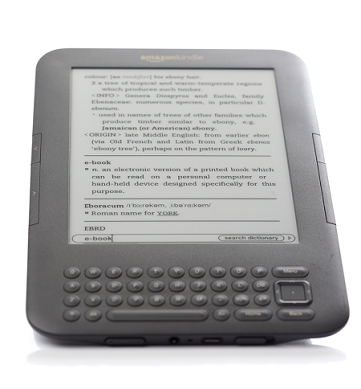Smartwatches Still Lack Killer App
The Apple Watch may not need to be tethered to an iPhone for much longer. But Apple needs to make its wristwatch necessary.


10 Big Data Books To Boost Your Career
10 Big Data Books To Boost Your Career (Click image for larger view and slideshow.)
The next Apple Watch is likely to have built-in cellular connectivity, according to a report in the Wall Street Journal. Built-in networking and changes made possible by watchOS 2.0 will address a significant shortcoming of the initial Apple Watch -- its need to be paired with an iPhone for many tasks.
But that doesn't ameliorate two more fundamental issues facing smartwatches: The difficulty of interacting with a tiny screen and the lack of a killer app. This may explain why the Apple Watch has sold an estimated 12 million units during its first year rather than 50 million, as Apple hoped.
Chris Harrison, assistant professor in the Human-Computer Interaction Institute at Carnegie Mellon University (CMU), argues that smartwatches need to be both more useable and more useful.
"Smartphones have achieved that [utility], which is why everyone carries one in a pocket," said Harrison in a phone interview. "If you ask people what the killer app is [for a smartwatch], for most people it's telling time."
In order for smartwatches to become essential, Harrison believes they need to exploit their unique advantage.
"A smartwatch lives on your skin," said Harrison. "The question is what does that unique position enable?"
Harrison suggests two things: access to the wearer's bioinformatics and the ability to sense activity based on a wearer's arm motion.
The bioinformatic data available to smartwatches could soon grow beyond obvious physiological signals like heart rate to include data about objects grasped by the wearer. Harrison and fellow researchers Gierad Laput, Chouchang Yang, Robert Xiao, and Alanson Sample have demonstrated that a smartwatch can identity electronic objects touched by the wearer.
"When you touch an electrical object, it emits electromagnetic energy," said Harrison. "It's like a tiny radio station."
{image 1}
Through a project called EM-Sense, researchers from CMU and Disney Research Pittsburgh have been able to read the electronic signatures of electromechanical items. That information can then help smartwatch apps understand the context in which the wearer is operating. Aware that its wearer has just turned on the stove, for example, a smartwatch app could present contextually relevant information, like a recipe.
By inferring context, a smartwatch requires less active input from the user, which makes the user experience better. Sensing of that sort doesn't necessarily lead to a killer app for smartwatches, but it does enable broader set of potential uses, which will lead to more apps.

Are you prepared for a new world of enterprise mobility? Attend the Wireless & Mobility Track at Interop Las Vegas, May 2-6. Register now!
Smartwatches may also be improved through access to a richer set of data about what's going on in the wearer's environment. In a presentation at the World Economic Forum earlier this year, Harrison described how light bulbs could become "info bulbs" that function like Kinect sensors and OCR scanners to gather information about the local area. That information has the potential to further enhance the contextual awareness of apps on smartwatches and other devices.
Other forms of input, like voice, can provide alternatives to physical interaction with a tiny smartwatch screen. But they too have their disadvantages. "If you're sitting in a meeting, you can't always say, 'hold my calls' to your watch," said Harrison.
Ultimately, there's no one answer to making smartwatches compelling. But they're improving, Harrison insists. "All these things are crystallizing right now," he said. "We're getting to the point where smartwatches will have that payoff."

About the Author
You May Also Like






